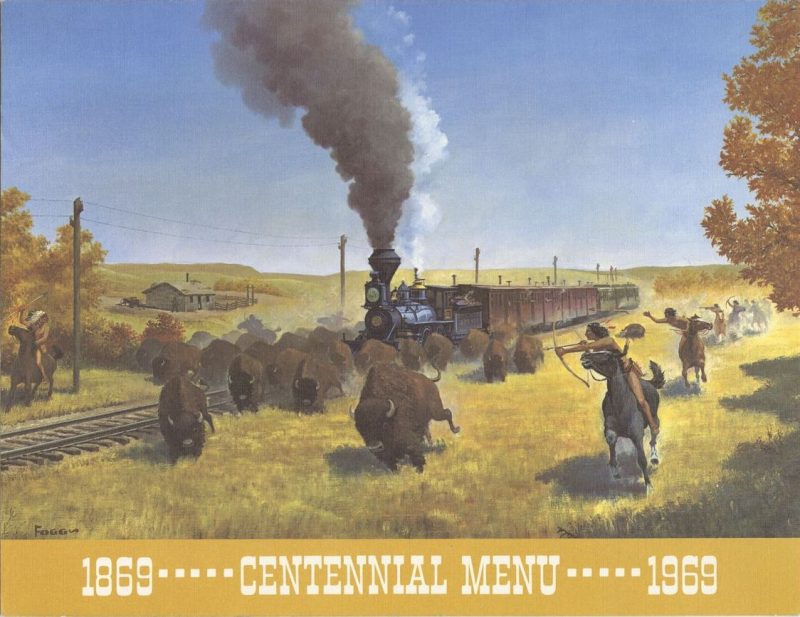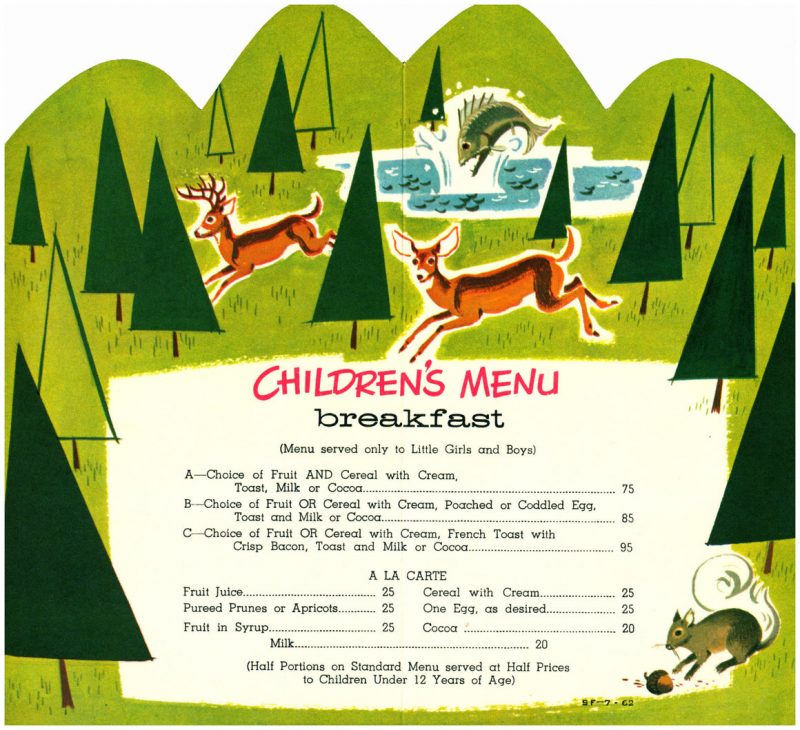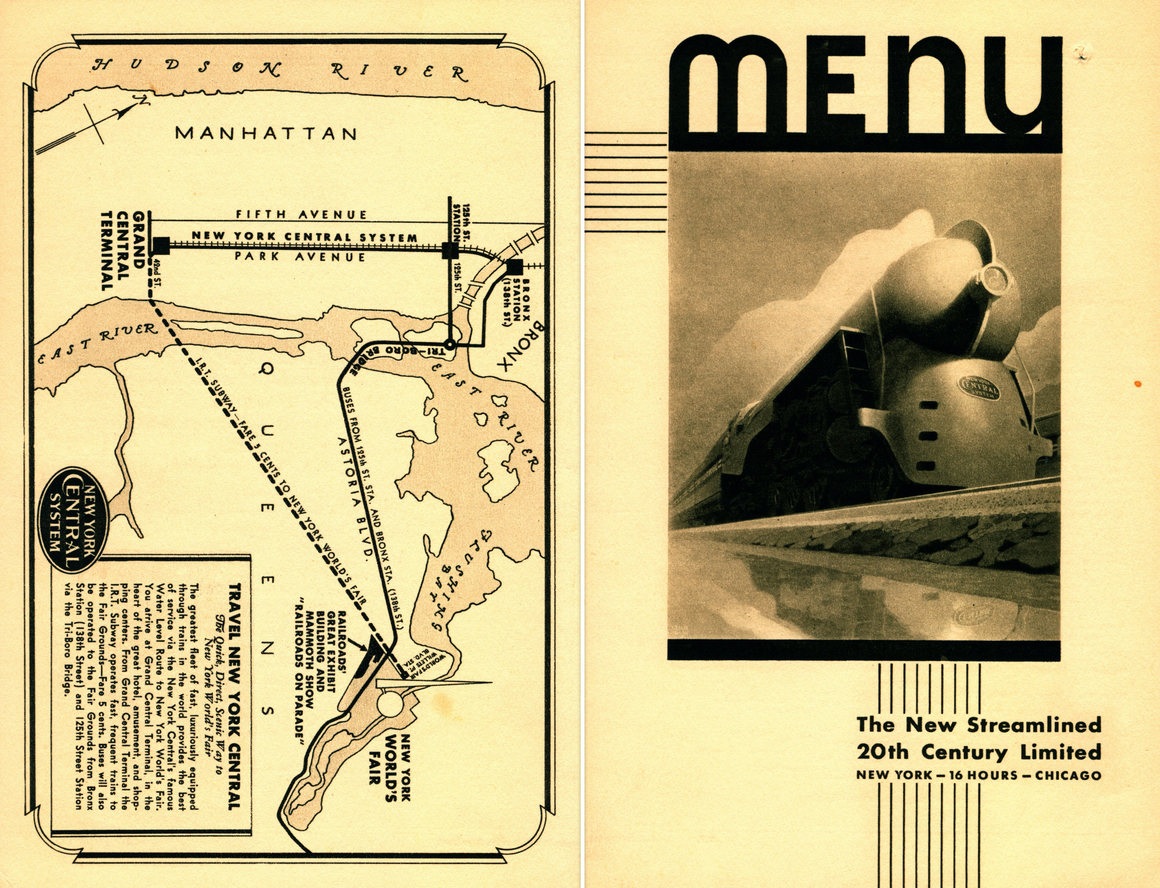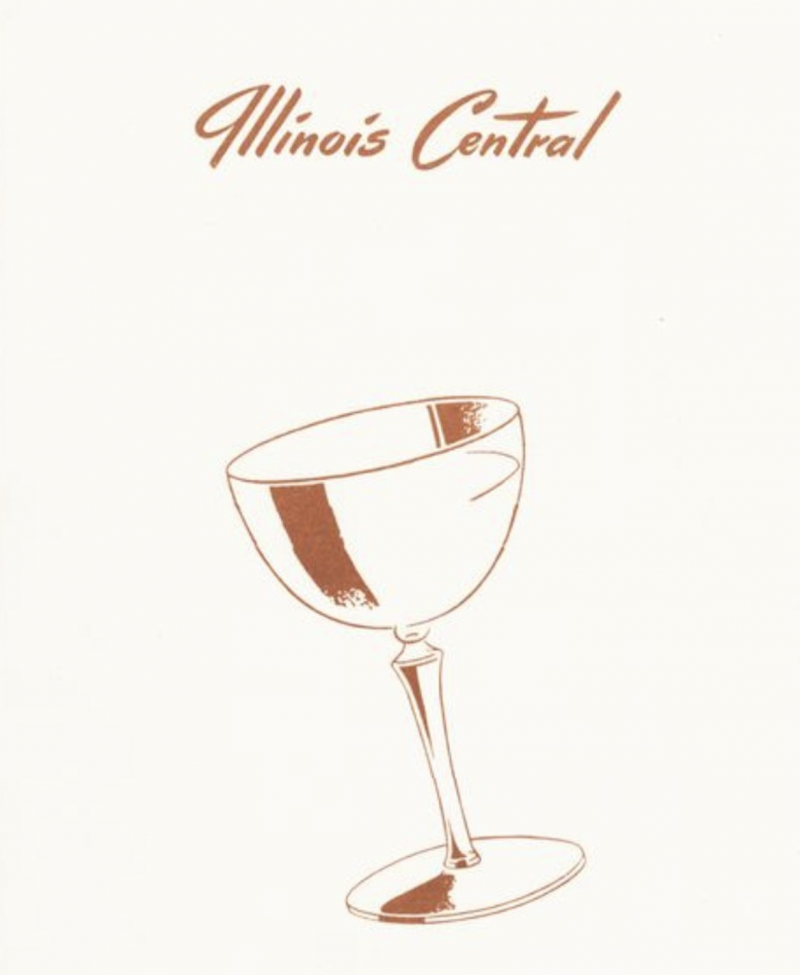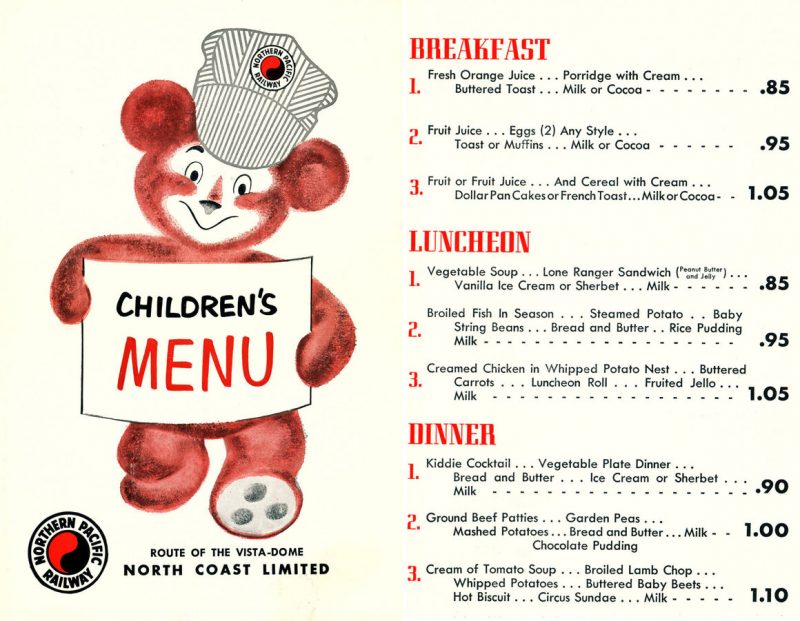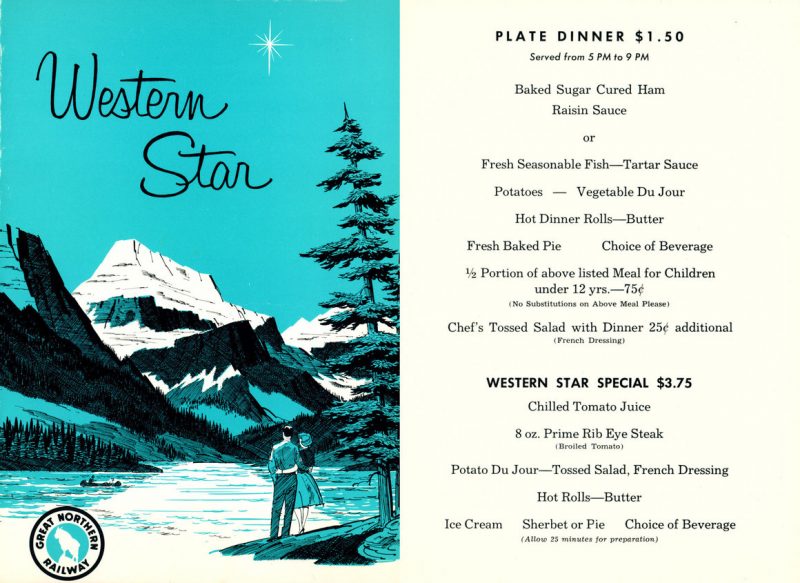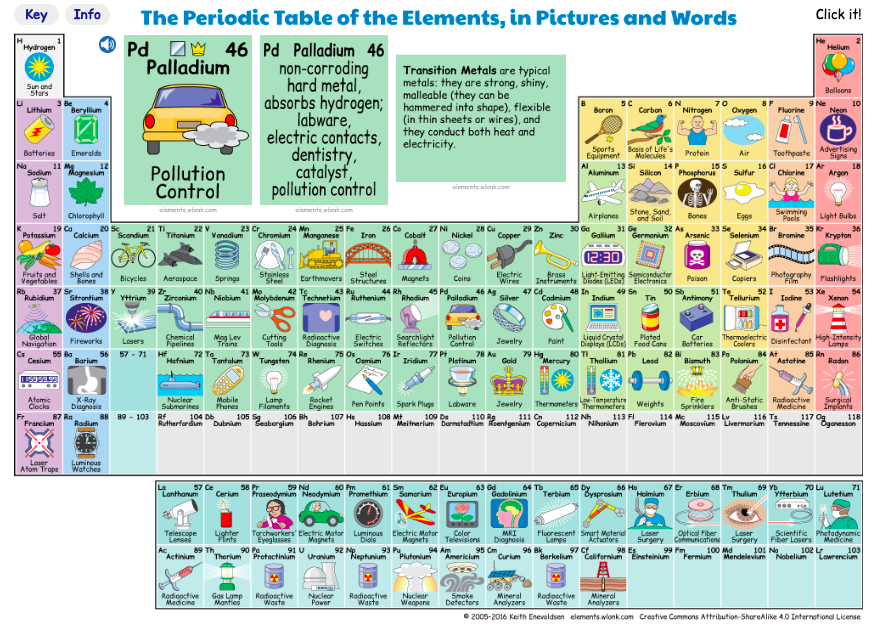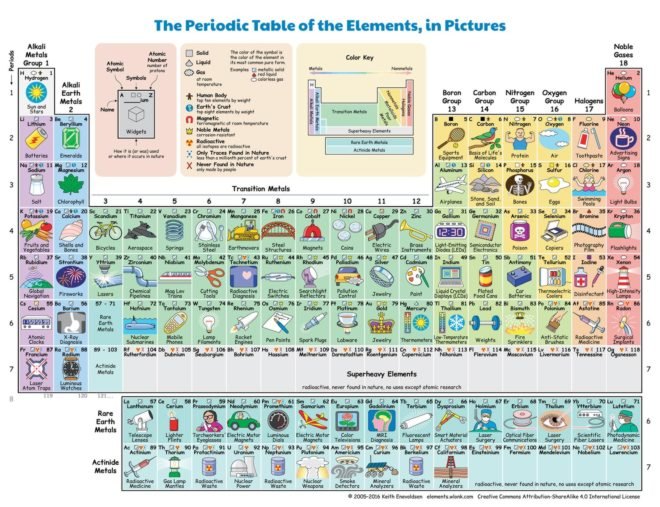[Most Recent Entries] [Calendar View]
Wednesday, December 4th, 2019
- "What Are Role-Playing Games Even? How Are They That?" by Sam Liberty
- "RPGs Took Over Every Video Game Genre" by Marc Nix
- "Why My Videogame Chooses Your Character’s Race and Gender for You" by Garry Newman
- "The History of RPGs" by Richard Cobbett
- History of Western Role-Playing Games on Wikipedia
- Video: The Evolution of RPG Games
- The Psychology of Games podcast and site
| Time | Event |
| 8:01a | Pretty Much Pop: A Culture Podcast #21 Considers Role-Playing Video Games 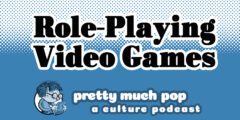
What constitutes a video RPG? Is there any actual role-playing involved? Our audio editor Tyler Hislop rejoins hosts Mark Linsenmayer, Erica Spyres, and Brian Hirt to discuss those video games that are supposed to make you feel like you're contributing to the story, that your choices matter, in which you can maybe, you know, choose to wear a funny hat or just craft potions all day instead of advancing the plot. We compare solo vs. social games, compare video to table-top role playing, think about how we relate to the character we're playing, and more. We touch on Ultima, Final Fantasy, World of Warcraft, Horizon Zero Dawn, Skyrim, Fallout, Outward, Death Stranding, Erica, Hellblade: Sakura’s Sacrifice, The Witcher, and more. Also from TV: Bandersnatch, The Guild, and that D&D Key & Peele sketch. Some sources we looked at included: This episode includes bonus discussion that you can only hear by supporting the podcast at patreon.com/prettymuchpop. This podcast is part of the Partially Examined Life podcast network. Pretty Much Pop: A Culture Podcast is the first podcast curated by Open Culture. Browse all Pretty Much Pop posts or start with the first episode. Pretty Much Pop: A Culture Podcast #21 Considers Role-Playing Video Games is a post from: Open Culture. Follow us on Facebook, Twitter, and Google Plus, or get our Daily Email. And don't miss our big collections of Free Online Courses, Free Online Movies, Free eBooks, Free Audio Books, Free Foreign Language Lessons, and MOOCs. |
| 3:00p | A New Digitized Menu Collection Lets You Revisit the Cuisine from the “Golden Age of Railroad Dining”
The coming of the railroad in the U.S. of the 19th century meant unprecedented opportunity for millions—a triumph of transportation and commerce that changed the country forever. For many more—including millions of American bison—it meant catastrophe and near extinction. This complicated history has provided a rich field of study for scholars of the period—who can tie the railroad to nearly every major historical development, from the Civil War to presidential campaigns to the spread of the Sears merchandising empire from coast to coast.
But as time wore on, passenger trains became both more commonplace and more luxurious, as they competed with air and auto travel in the early 20th century. It is this period of railroad history that most attracted Ira Silverman as a graduate student at Northwestern University in the 1960s. While enrolled at Northwestern’s Transportation Center in Evanston, Illinois, Silverman and his classmates found endless “opportunities for research, adventure, and unparalleled feasting,” writes Claire Voon at Atlas Obscura. Silverman especially took to the dining cars—and more to the point, to the menus, which he collected by the dozens, “eventually amassing an archive of 238 menus and related pamphlets. After a long career in transit, he donated the collection to his alma mater’s Transportation Library, which recently digitized it in its entirety.” Silverman’s collection represents “35 United States and Canadian railroads,” points out Northwestern, and its contents mostly date from the early 60s to the 1980s—from his most active years riding the rails in style, that is.
But Silverman was also able to acquire earlier examples, such as a 1939 menu “once perused by passengers aboard the famed 20th Century Limited train,” Voon writes, “which traveled between New York City and Chicago.” Twenty years after this menu’s appearance, Cary Grant, “playing an adman in Alfred Hitchcock’s North by Northwest, orders a brook trout with his Gibson” while riding the same line. The Art Deco menu for the "new streamlined" line features such delicacies as “genuine Russian caviar on toast and grilled French sardines.”
Even kids' menus—now reliably dominated by chicken fingers, pizza, PB&Js, and mac & cheese—offered far more sophisticated dining than we might expect to find, with “items such as grilled lamb chops, roast beef, and seasonal fish" on the North Coast Limited menu below. “The mid-20th century seems to have been a golden age of railroad dining,” remarks Northwestern Transportation Librarian Rachel Cole. “It was never something that railroads profited on, but they used it to compete against each other and attract passengers,” taking pride in “selections that would be rivaled in restaurants.”
The fine dining-car experience might also include novelty items passengers would be unlikely to find anywhere else, such as Northwestern Pacific’s Great Baked Potato, “a monstrous spud,” Voon explains, “that could weigh anywhere between two to five pounds” and came served with “an appropriately sized butter pat.” One can see the appeal for a food and travel enthusiast like Silverman, who had the privilege of trying dishes on most of these menus for himself.
The rest of us will have to rely on our gustatory imaginations to conjure what it might have been like to eat prime rib on the Western Star in the Pacific Northwest in the early 60s, or braised smoked pork loin on an Amtrak train in 1972. If your memories of dining on a train mostly consist of pulling soggy, microwaved “food” from steaming hot plastic bags, or munching on packaged, processed salty snacks, expand your sense of what railroad dining could be at the Ira Silverman Railroad Menu Collection here.
Related Content: Foodie Alert: New York Public Library Presents an Archive of 17,000 Restaurant Menus (1851-2008) Mark Twain Makes a List of 60 American Comfort Foods He Missed While Traveling Abroad (1880) What Prisoners Ate at Alcatraz in 1946: A Vintage Prison Menu Josh Jones is a writer and musician based in Durham, NC. Follow him at @jdmagness A New Digitized Menu Collection Lets You Revisit the Cuisine from the “Golden Age of Railroad Dining” is a post from: Open Culture. Follow us on Facebook, Twitter, and Google Plus, or get our Daily Email. And don't miss our big collections of Free Online Courses, Free Online Movies, Free eBooks, Free Audio Books, Free Foreign Language Lessons, and MOOCs. |
| 7:00p | Interactive Periodic Table of Elements Shows How the Elements Get Used in Making Everyday Things
“The discovery of the periodic system for classifying the elements represents the culmination of a number of scientific developments, rather than a sudden brainstorm on the part of one individual,” writes Eric Scerri at Scientific American. And yet, while several scientists over the course of the nineteenth century invented systems for classifying the elements, “ask most chemists who discovered the periodic table and you will almost certainly get the answer Dmitri Mendeleev,” notes the Royal Society of Chemistry. That’s for good reason, since the basis of the table we know today came from the design Mendeleev created in 1869. This past March saw the 150th anniversary of his achievement, which has hardly remained a historical artifact. Every generation has its table. Mendeleev’s rudimentary beginnings have taken on new shape and have been supplemented with annotations and illustrations in eye-catching color in textbooks and on classroom walls around the world. It’s only fitting, then, that the 21st century has its digital versions of the table, like the interactive design by Boeing software engineer Keith Enevoldsen. The Interactive Periodic Table of the Elements, in Pictures and Words, adapts itself to different learning styles while providing students of chemistry, of all ages and levels, instant facts about each of the elements it illustrates. Click on Palladium, for example, and you’ll learn about its role in pollution control. The non-corroding hard metal absorbs hydrogen and is used in labware, electric contacts, and dentistry. Rhenium, we learn, is a dense metal used in rocket engines, heater coils, and electric contacts, among other things.
Other “seemingly obscure” elements we may never have heard of, like Gallium and Tantalum, influence our daily lives “quite a bit, it turns out,” as Lacy Cooke writes at Inhabit, serving as components in LEDs and mobile phones. We gather such facts at a glance, as well as the other endlessly useful functions of the table. Enevoldsen further adapts his designs for home or classroom use with printable PDFs, including a version with only words and a simplified table with only pictures. Beginning students may be thrilled to find print-your-own elements cards, as well as other periodic-table-related visual aids like Atomic Orbitals, a color-coded chart that “shows what atoms look like.” The groupings on the periodic chart so familiar to us today came about when Mendeleev “realized that, by putting [the elements] in order of increasing atomic weight, certain types of element regularly occurred,” the Royal Society points out. But his “real genius… was to leave gaps for undiscovered elements. He even predicted the properties of five of these elements and their compounds.” Enevoldsen’s interactive table makes for an easy format to update. When new elements are named, he adds them to his charts immediately. Periodic tables like Enevoldsen’s may only barely resemble Mendeleev’s spare original, but the Russian chemist’s classification system still provides the organizing principles by which we understand the fundamental elements that make up the material world. View and download PDF copies of all of these highly informative, and up-to-date periodic tables here. Or purchase posters/prints here. via Inhabit Related Content: The Map of Chemistry: New Animation Summarizes the Entire Field of Chemistry in 12 Minutes A Periodic Table Visualizing the Year & Country in Which Each Element Was Discovered The Periodic Table of Elements Presented as Interactive Haikus Josh Jones is a writer and musician based in Durham, NC. Follow him at @jdmagness Interactive Periodic Table of Elements Shows How the Elements Get Used in Making Everyday Things is a post from: Open Culture. Follow us on Facebook, Twitter, and Google Plus, or get our Daily Email. And don't miss our big collections of Free Online Courses, Free Online Movies, Free eBooks, Free Audio Books, Free Foreign Language Lessons, and MOOCs. |
| 8:00p | Kabuki Star Wars: Watch The Force Awakens and The Last Jedi Reinterpreted by Japan’s Most Famous Kabuki Actor The appeal of Star Wars transcends generation, place, and culture. Anyone can tell by the undiminishing popularity of the ever more frequent expansions of the Star Wars universe more than 40 years after the movie that started it all — and not just in the English-speaking West, but all the world over. The vast franchise has produced "cinematic sequels, TV specials, animated spin-offs, novels, comic books, video games, but it wasn’t until November 28 that there was a Star Wars kabuki play," writes Sora News 24's Casey Baseel. Staged one time only last Friday at Tokyo's Meguro Persimmon Hall, Kairennosuke and the Three Shining Swords retells the events of recent films The Force Awakens and The Last Jedi in Japan's best-known traditional theater form. To even the hardest-core Star Wars exegete, Kairennosuke may be an unfamiliar name — though not entirely unfamiliar. It turns out to be the Japanese name given to the character of Kylo Ren, the power-hungry nephew of Luke Skywalker portrayed by Adam Driver in The Force Awakens, The Last Jedi, and the upcoming The Rise of Skywalker. In Kairennosuke and the Three Shining Swords he's played by Ichikawa Ebiz? XI, not just the most popular kabuki actor alive but an avowed Star Wars enthusiast as well. "I like the conflict between the Jedi and the Dark Side of the Force," Baseel quotes Ichikawa as saying. "In kabuki too, there are many stories of good and evil opposing each other, and it’s interesting to see how even good Jedi can be pulled towards the Dark Side by fear and worry." The thematic resonances between kabuki and Star Wars should come as no surprise, given all Star Wars creator George Lucas has said about the series' grounding in elements of universal myth. Lucas also actively drew from works of Japanese art, including, as previously featured here on Open Culture, the samurai films of Akira Kurosawa. And so in Kairennosuke and the Three Shining Swords, which you can watch on Youtube and follow along in Baseel's play-by-play description in English, we have the kind of elaborate cultural reinterpretation — bringing different eras of Western and Japanese art together in one strangely coherent mixture — in which modern Japan has long excelled. No matter what country they hail from, Star Wars fans can appreciate the highly stylized adventures of Kairennosuke, Hanzo, Reino, Sunokaku, Ruku and Reian — and of course, R2-D2 and C-3PO. via Neatorama Related Content: Watch a New Star Wars Animation, Drawn in a Classic 80s Japanese Anime Style How Star Wars Borrowed From Akira Kurosawa’s Great Samurai Films The Cast of Avengers: Endgame Rendered in Traditional Japanese Ukiyo-e Style High School Kids Stage Alien: The Play and You Can Now Watch It Online Based in Seoul, Colin Marshall writes and broadcasts on cities and culture. He’s at work on a book about Los Angeles, A Los Angeles Primer, the video series The City in Cinema, and the crowdfunded journalism project Where Is the City of the Future? Follow him on Twitter at @colinmarshall or on Facebook. Kabuki Star Wars: Watch The Force Awakens and The Last Jedi Reinterpreted by Japan’s Most Famous Kabuki Actor is a post from: Open Culture. Follow us on Facebook, Twitter, and Google Plus, or get our Daily Email. And don't miss our big collections of Free Online Courses, Free Online Movies, Free eBooks, Free Audio Books, Free Foreign Language Lessons, and MOOCs. |
| << Previous Day |
2019/12/04 [Calendar] |
Next Day >> |

